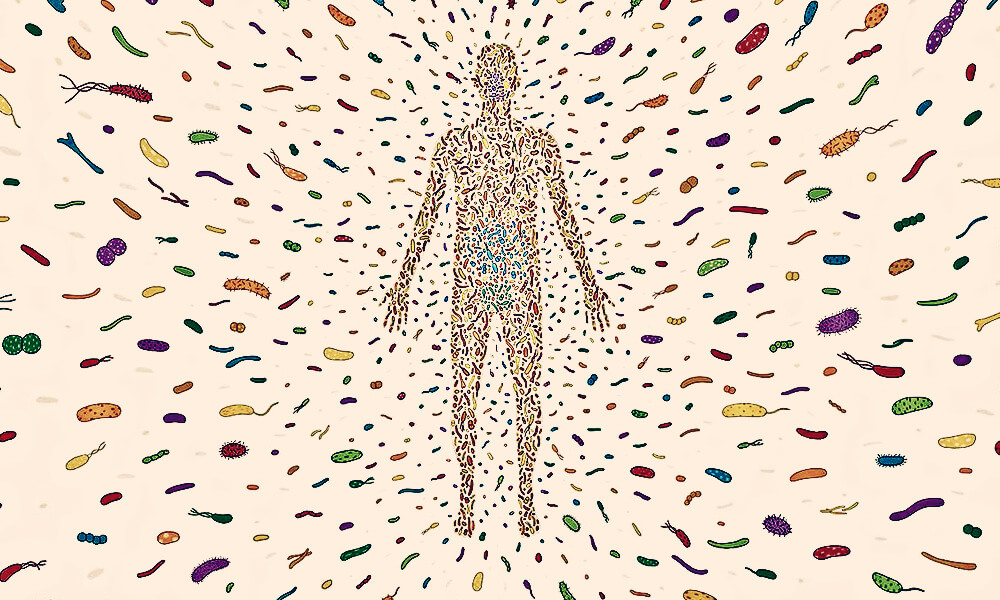The story of human evolution is a captivating narrative that spans millions of years, unraveling the mysteries of our origins and the remarkable journey that has led to the species we are today. This journey, filled with adaptation, survival, and transformation, is a testament to the intricate process of evolution. In this article, we will journey through the milestones of human development to better understand how humans evolve.
The Essence of Evolution
Before we delve into the rich tapestry of human evolution, let’s grasp the fundamental concept of evolution. Evolution is a biological process that unfolds over generations, shaping species as they adapt to their changing environments. Natural selection, genetic drift, mutations, and gene flow are some of the driving forces behind this remarkable phenomenon.
Our Common Ancestry
The tale of human evolution begins millions of years ago with our common ancestors, who were shared with other primates. The branching point that led to the divergence of humans from our closest relatives, chimpanzees, and bonobos, occurred approximately 6 to 8 million years ago, marking the inception of the Homo lineage.
The Australopithecines
The next chapter introduces the australopithecines, a group of hominins that lived between 2 and 4 million years ago. Australopithecus afarensis, famously represented by the fossil “Lucy,” is one of the most renowned members of this group. These early hominins exhibited bipedalism, walking on two legs, which marked a pivotal adaptation in the evolutionary timeline.
The Emergence of the Genus Homo
Around 2.4 million years ago, the Homo genus debuted, featuring early species like Homo habilis, often called “handyman” due to their association with tool usage. The advent of Homo signaled a significant shift, reflecting the development of more advanced cognitive abilities.
Homo erectus and the Expansion beyond Africa
Homo erectus, spanning about 1.9 million to 70,000 years ago, played a crucial role in human evolution. These ancestors were the first to venture beyond Africa, establishing communities in various parts of the world. Their mastery of fire, sophisticated tools, and adaptability to diverse environments contributed to their success as a species.
The Enigmatic Neanderthals
Among the closely related species to modern humans are the Neanderthals, who inhabited Europe and parts of Asia from around 400,000 to 40,000 years ago. Neanderthals were adept hunters and tool users with robust physiques well-suited to their challenging environments. Recent genetic research has unveiled that modern humans share a small fraction of their DNA with Neanderthals, suggesting some degree of interbreeding when our species encountered them.
The Emergence of Homo Sapiens
Around 200,000 years ago, Homo sapiens emerged in Africa, nearly identical to modern humans. What set them apart was their capacity for symbolic thinking, language, and culture. These cognitive abilities allowed Homo sapiens to create intricate societies, produce art, and advance technologically, granting them a competitive edge in the relentless struggle for existence.
Out of Africa and Across Continents
One of the most significant chapters in human evolution unfolded as Homo sapiens embarked on a journey out of Africa around 70,000 years ago. These brave pioneers gradually populated the globe, adapting to diverse environments and overcoming challenges. They continued to adapt and evolve as they encountered new landscapes and circumstances.
The Diverse Genetic Tapestry of Modern Humans
Today, the human species boasts an astounding level of genetic diversity. This diversity results from countless generations adapting to local conditions, encompassing factors such as climate, diet, and the presence of specific pathogens. It also underscores our remarkable ability to innovate and create novel technologies to surmount challenges. Check trails carolina “investigation”.
Conclusion
The tapestry of human evolution is an intricate and captivating narrative that chronicles the extraordinary journey of our species. From our shared ancestry with primates to the rise of Homo sapiens, each step in our evolutionary saga is influenced by many elements, including shifts in the environment, competition for resources, and the development of cultural facets.
As we explore our past through discovering fossils, genetic investigations, and archaeological revelations, one truth remains evident: the story of human evolution is a testament to our adaptability, resilience, and unwavering curiosity to comprehend and conquer the ever-evolving world around us. It’s a narrative that continues to unfold, mirroring our ceaseless pursuit to unveil the complete story of our extraordinary history.
















